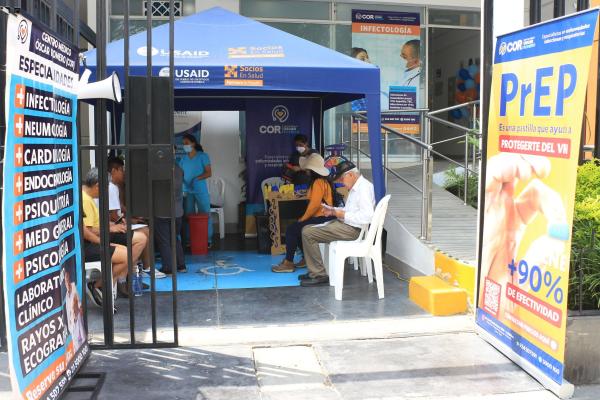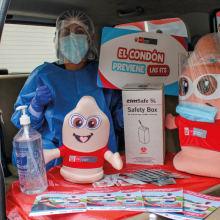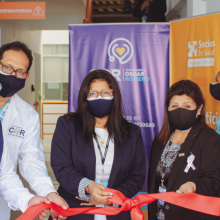For the past four decades, traditional prevention strategies such as condom use and promotion of safe sex practices have been central to the fight against Human Immunodeficiency Virus (HIV). However, as the epidemic has evolved, the need for more comprehensive and effective approaches to reduce transmission of the virus has been recognized.
In that context arises PrEP, a drug intended for HIV prevention and responding to scenarios in which conventional prevention practices are not sufficient to protect specific high-risk groups, such as men who have sex with men, transgender women, sex workers and other vulnerable communities.
What is PrEP?
Pre-exposure prophylaxis (PrEP) represents a prevention strategy that involves the use of antiretroviral drugs, which are available in a single pill, by people who do not have HIV but are at increased risk of contracting it. The effectiveness of PrEP has revolutionized HIV prevention, providing an additional level of protection in the fight against this infection.
How does PrEP work and what are its benefits?
This medication works by blocking different stages of the HIV life cycle, preventing its replication and decreasing the likelihood of the virus becoming established in the body if taken daily and responsibly.
It is crucial to maintain consistent intake to ensure maximum effectiveness. It is also necessary to strictly follow the indications of the medical staff, as these may vary depending on the patient.
This strategy not only promotes safer sexual health and HIV risk reduction, but also has a significant impact on society by:
- Aiding emotional well-being: reducing stress and worry related to the risk of infection in people living in communities with high rates of HIV.
- Improves public health: decreasing new infections has a positive effect on public health, easing the burden of HIV on health care systems.
- Contribution to HIV eradication: this preventive approach has a significant impact on the global fight against the epidemic, supporting HIV eradication by reducing new infections.
How is it different from PEP?
Post-exposure prophylaxis (PEP) and pre-exposure prophylaxis (PrEP) are HIV prevention strategies that, as their names say, are distinguished by their specific application.
On the one hand, PEP is administered in emergency situations, after a possible exposure to HIV and for a period of up to 72 hours, with the aim of reducing the risk of infection; on the other hand, PrEP involves the daily intake of antiretroviral drugs for the purpose of preventing infection before a possible exposure to the virus.
The current status of PrEP distribution in Peru
In May 2023, Peru approved the regulations for the implementation of PrEP in the national health system, whose free distribution in public services began in August. By September of the same year, 800 people were receiving this treatment, divided between the public sector and other sources. The ImPrEP project was reported by Dr. Carlos Benites, executive director of the HIV, STI and Prevention Program, who assured that future goals are considerably more ambitious: through the public sector, the aim is to reach 2,000 people with PrEP by the end of 2023, and to raise that figure to 5,000 by 2024.
According to UNAIDS and PAHO data, by the end of 2022 only 646 people had access to PrEP in Peru. Although Dr. Benites updated this figure to 800 people last September, it is still a low percentage compared to the total estimate of the target population. Furthermore, in Peru, between 2010 and 2022, there was a 57% increase in new HIV cases.
Despite positive advances in drug efficacy, PrEP implementation in our country has faced challenges and limitations in the regulatory, operational and social arenas. Dr. Benites pointed out that among the current obstacles is the resistance of health personnel, including physicians and other professionals, towards PrEP, and emphasized the urgency of further training to find effective solutions to this situation.
At Partners In Health, we recognize the crucial importance of addressing these issues to maximize the impact of PrEP and ensure equitable access to this strategy for those who can benefit from it. Making it easier for people to take preventive action to protect themselves from HIV will help address an important gap in existing prevention strategies.
.



